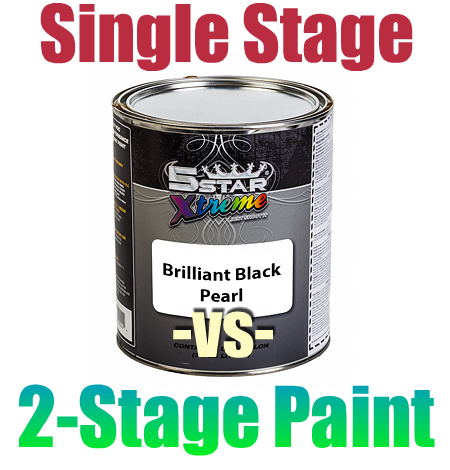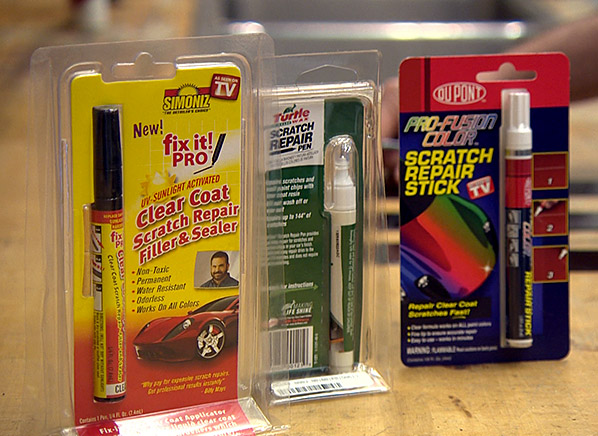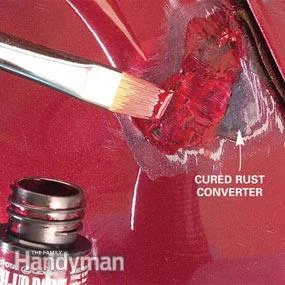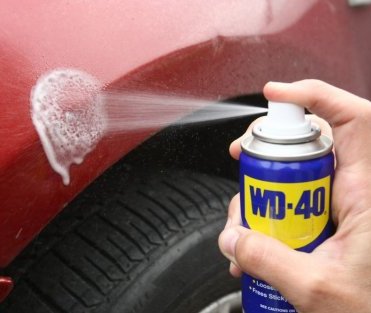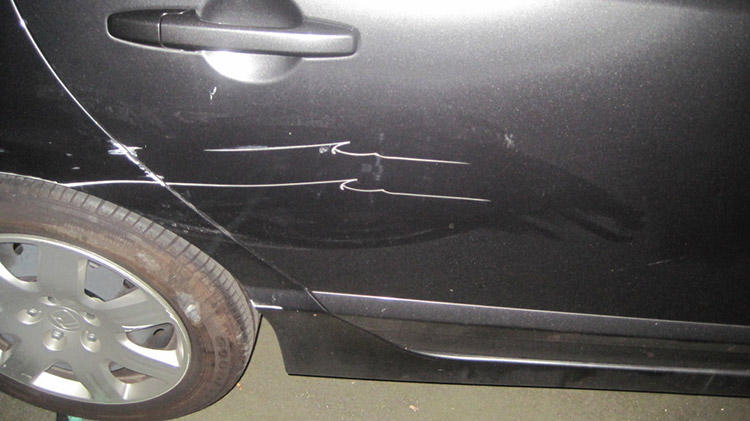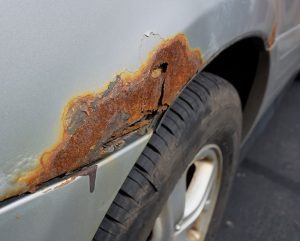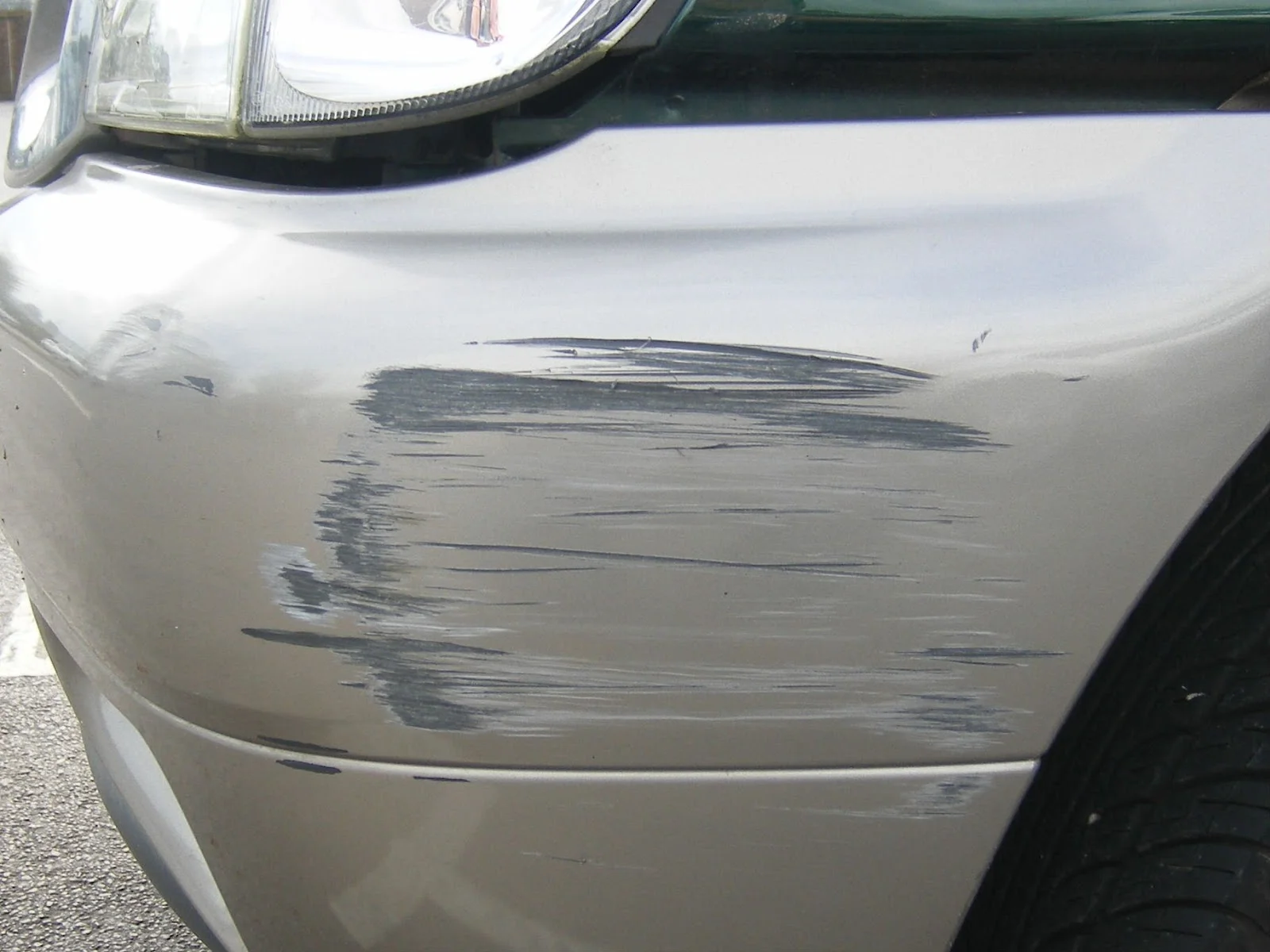SPTA 6" Dustless DA Sander That Rivals Mirka! Full Product Review
/An Electric Sander That Will End Your Use of Pneumatic Sanders!
If you are an auto body technician or a DIY type, you’ll definitely want to read this review carefully!
I bought this SPTA 6” orbital sander and haven’t used my pneumatic sander ever since. I’d been eyeing the Mirka dustless sander for years, but at a cost of $229, I had to give this a try.
If you’re sick of the noise from your pneumatic sander, and your forearms are worn down from the constant vibration that damages your nerves, this is something you must consider.
My main goal was to find a sander that actually WORKS well, and rivals the best pneumatic sanders. That’s why I had been eyeing the Mirka Dustless sander for so many years. But I didn’t want to put down the $600 to get one.
But after years of using several brand-name pneumatic sanders, switching from one brand to another trying to find that special one that doesn’t sacrifice work ability while lowering the level of vibration, I finally took the plunge and decided to take a chance on the SPTA 6” dustless sander.
One other big reason that I was considering using an electric sander was the fact that I don’t want to continue cause my 80-gallon shop compressor to take the beating that it gets from constantly running air tools. I wanted to save my compressor’s longevity for when I really need it, for shooting paint. Plus I wanted to try an electric sander to cut down on the noise level from running the compressor.
If you don’t have a super-expensive shop compressor, this is an excellent option. My shop compressor is an 80-gallon 7.5HP Kobalt brand, which I purchased from my local Lowe’s hardware store. It gets the job done, but it’s not meant for regular body shop use for the long term. So I was super excited to get my hands on the SPTA 6” dustless sander.
At a price of $220, I couldn’t pass up taking the chance on trying it out. But when I received it and took it to my body shop for the first test use, I was absolutely astonished at how well this sander works.
First of all, the vibration is absolutely MINIMAL. What I’ve noticed when buying pneumatic sanders that advertise a lower vibration level is that they either don’t reduce the vibration enough to save my old forearms, or they would sacrifice actual work ability. That wasn’t the case with the SPTA electric sander.
On the first use, I was absolutely astonished at how smooth the action was, while working efficiently in removing old paint and smoothing body filler. I could hardly believe that this sander was performing so well while operating as smooth as butter. And the noise level is practically zero!
This sander has a great build, a long thick durable power cord, and comes with an exhaust hose for capturing dust. You can hook up the hose to a regular shop vac and reduce the amount of dust emitted, or you can run it with regular sand paper that doesn’t have exhaust holes, and it works just the same.
What I also really liked was the electric activation buttons that allow you to turn on or turn off the unit, plus set the maximum rotational speed while having the ability to adjust the speed on the fly with the activation lever.
The 5mm throw keeps vibration to a minimum, but is enough to put in the work to take down material fast. I’ve noticed that I’m able to feather out filler a lot easier, and control the amount of primer that is being sanded down better than what I could with my best pneumatic DA.
The unit is brushless, and maintenance-free. So it’s easy to use and maintain. There’s no need to spend the money on the Mirka brand when you’ve got this as an option. I give it a five-star recommendation for any body shop professional, or DYI garage enthusiast.
Give this sander a try if you’re looking for ways to save the pounding on your compressor, and save your forearms from damage over the years. You won’t be sorry. Click the link below or the product picture above to check this product out on my Amazon Associates page!
Carlton Flowers
Color Boss Custom Auto Body

